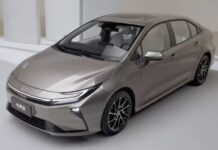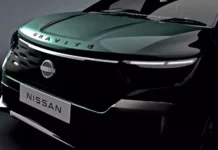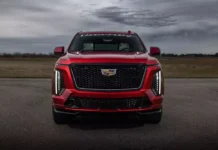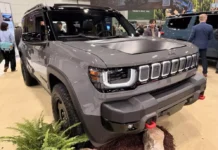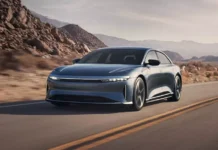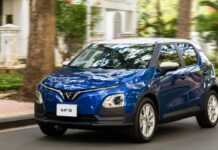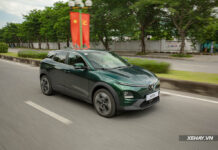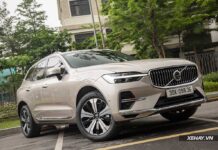“Nissan Xterra: A Bold Move to Revive a Legacy”
It’s no exaggeration to say that Nissan is in the midst of a crisis. With an estimated net loss of around $5 billion in the past fiscal year, the company is on track to post its biggest loss since its inception. Following the failed merger talks with Honda, the Japanese automaker is restructuring its business, with a significant focus on the North American market.
After canceling plans to replace the Altima and Maxima models, Nissan is shifting its focus to SUVs. According to executives, a key factor in turning things around is bringing the Xterra name back from the dead.
First introduced in 1999, the Xterra was a huge success for Nissan. Built on the platform of the Pathfinder/Frontier pickup truck, it offered a robust, simple, and efficient choice for consumers. However, production ceased in 2015 as Nissan shifted its attention to crossovers with unibody construction.
Throughout its lifespan, this SUV exceeded Nissan’s sales expectations. Developed with a limited budget from the outset, it was expected to sell about 40,000 units annually. Yet, at its peak, it achieved sales of 88,000 units, double the initial projection.
A decade after the Xterra’s discontinuation, Nissan is considering reviving it as a strategic move to reinvigorate its brand. This plan goes beyond the Xterra concept confirmed by Nissan North America for the 2025 SEMA Show later this year.

The Nissan Xterra may rise from the dead, stirring up the off-road SUV segment.
The leadership, including Nissan Americas Chairman Christian Meunier and Product Planning Chief Ponz Pandikuthira, acknowledges the growing consumer demand for SUVs capable of tackling rugged terrain. The success of the Ford Bronco, Jeep Wrangler, and Toyota Land Cruiser underscores this trend.
“If I could bring one vehicle back tomorrow, it would be Xterra,” Meunier told Auto News. “We’re doing it. We’ll find a way.” The new Xterra is likely to be upgraded from the small SUV segment to a mid-size offering.
However, even as the US leadership believes the new Xterra could turn things around, Nissan faces a practical challenge: resources. Prioritizing the Xterra revival requires careful evaluation against other ongoing projects, especially initiatives related to electric vehicles.
Nissan’s commitment to sustainability suggests that the new Xterra may feature a hybrid powertrain instead of a purely combustion or electric setup. Meunier proposes a series hybrid system with an all-electric range of 70-100 miles, supported by a gasoline engine acting as a generator to extend the total range to about 600 miles. This powertrain balances emissions requirements with practicality, especially concerning towing and off-road capability.
The potential return of the Xterra reflects a broader trend in the automotive industry towards rugged, go-anywhere vehicles. Nissan aims to reconnect with a growing and profitable market segment. One dealer even predicts annual sales of up to 80,000 units, leveraging the nostalgia and enduring appeal of adventure-ready vehicles.

